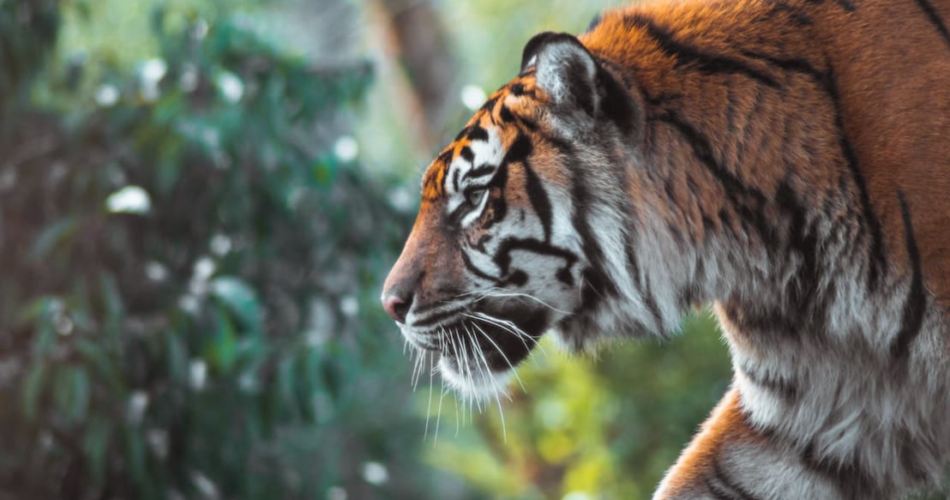The animal kingdom is vast and diverse, teeming with creatures that fly, swim, crawl, and run. From the smallest insects to the largest mammals, each animal plays a vital role in the ecosystem. In this article, we’ll explore twenty-six unique types of animals, highlighting their characteristics, habitats, and intriguing facts. Whether you’re an animal enthusiast or just curious, this journey will give you a deeper appreciation for the diversity of life on Earth.
1. Aardvark

Aardvarks are nocturnal mammals native to Africa. With their long snouts and sharp claws, they dig into termite mounds to feed. Their unique teeth continue to grow throughout their lives, adapting perfectly to their insectivorous diet.
2. Bison

Bison are large, powerful herbivores found in North America and parts of Europe. Known for their massive heads and humped shoulders, bison are crucial grazers in their ecosystems, helping maintain plant diversity.
3. Chameleon

Famous for their color-changing abilities, chameleons are reptiles that inhabit warm climates. Their independently mobile eyes allow them to scan for prey while remaining hidden from predators.
4. Dolphin

Dolphins are highly intelligent marine mammals known for their playful behavior and sophisticated communication. They live in social groups called pods and are found in oceans worldwide.
5. Elephant

The largest land animals on Earth, elephants are known for their intelligence, strong social bonds, and impressive trunks. They play a crucial role in their habitats by dispersing seeds and creating water holes used by other animals.
6. Flamingo

With their vibrant pink feathers and long legs, flamingos are iconic birds found in large flocks in shallow lakes. Their unique filter-feeding mechanism allows them to extract tiny crustaceans from the water.
7. Giraffe

Giraffes, the tallest land animals, are easily recognized by their long necks and distinctive coat patterns. Native to African savannas, they feed on leaves high in trees, often beyond the reach of other herbivores.
8. Honeybee

Honeybees are vital pollinators, contributing to the growth of flowers, fruits, and vegetables. Living in highly organized colonies, they produce honey and beeswax, both valuable resources for humans.
9. Iguana
Iguanas are large lizards commonly found in tropical regions of Central and South America. They are primarily herbivorous and are known for their excellent swimming abilities and striking appearance.
10. Jaguar
The largest cat in the Americas, jaguars are powerful predators with a beautiful, spotted coat. They are solitary hunters, capable of taking down large prey with their incredible strength.
11. Kangaroo
Native to Australia, kangaroos are marsupials famous for their strong hind legs and hopping gait. They live in groups called mobs and are adapted to a wide range of environments, from grasslands to forests.
12. Lemur
Lemurs are primates native to Madagascar. With their large eyes and long tails, they are primarily arboreal, living in trees and foraging for fruits and leaves.
13. Manatee
Gentle giants of the water, manatees are slow-moving herbivores found in rivers and coastal waters. Also known as sea cows, they play a role in maintaining healthy aquatic vegetation.
14. Narwhal
Narwhals are mysterious Arctic whales known for the long, spiral tusk protruding from their heads, which is actually an elongated tooth. These deep divers feed on fish and squid beneath the ice.
15. Octopus
Octopuses are incredibly intelligent cephalopods with eight arms and a knack for camouflage. They can squeeze through tiny openings and have been known to solve puzzles, demonstrating their complex brains.
16. Penguin
Penguins are flightless birds adapted to life in the Southern Hemisphere’s icy waters. They are excellent swimmers, using their flippers to navigate through water while hunting fish.
17. Quokka
Known for their ‘smiling’ appearance, quokkas are small marsupials native to Australia. They are social animals often seen in groups, living on islands and coastal areas.
18. Rhinoceros
Rhinoceroses are large herbivores with thick skin and one or two horns on their snouts. They are critically endangered due to poaching for their horns and loss of habitat.
19. Seahorse
Seahorses are unique fish known for their horse-like heads and curled tails. Males carry the eggs in a special pouch until they hatch, a rare trait in the animal kingdom.
20. Tiger
Tigers are majestic big cats with a reputation as apex predators. Each tiger’s striped pattern is unique, like a fingerprint, and they inhabit a variety of environments across Asia.
21. Umbrella Bird
Named for their umbrella-like crest, these tropical birds are known for their loud calls and striking appearance. They live in the rainforests of Central and South America.
22. Vulture
Vultures are scavengers, cleaning up the environment by feeding on carrion. They have powerful digestive systems that neutralize harmful bacteria, preventing the spread of disease.
23. Wolf
Wolves are social carnivores that live in packs and are known for their complex social structures and cooperative hunting strategies. They are found in a variety of habitats across the Northern Hemisphere.
24. Xenopus
Xenopus, also known as the African clawed frog, is an aquatic frog species used extensively in scientific research. Their ability to regenerate body parts is of particular interest to scientists.
25. Yak
Yaks are long-haired bovines adapted to high-altitude environments in the Himalayas. Domesticated yaks are used for milk, meat, and transport by local populations.
26. Zebra
Zebras are known for their black-and-white striped coats, which help camouflage them in the wild. Each stripe pattern is unique, and they live in herds across Africa’s savannas.
Conclusion
Exploring these twenty-six types of animals gives us a glimpse into the incredible diversity of life on our planet. Each species has adapted to its environment in extraordinary ways, reminding us of the importance of conserving wildlife and their habitats.
